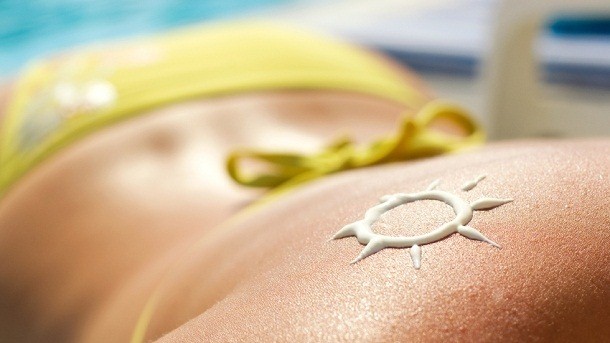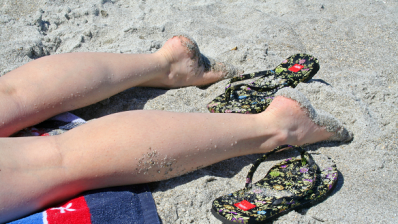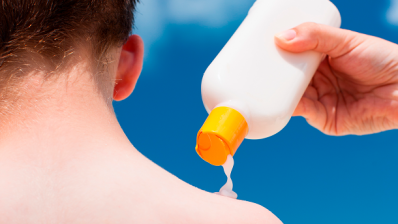Skin Cancer Awareness
Sun damage works long after exposure, finds new research

Exposure to UV light from the sun or from tanning beds can damage the DNA in melanocytes, the cells that make the melanin that gives skin its colour, and this damage is a major cause of skin cancer.
In the past, it was believed that melanin protected the skin by blocking harmful UV light, but a team of scientists from Yale have undertaken research as there was also evidence from other studies suggesting that melanin was associated with skin cell damage.
Quite a find
As a result, their work showed that melanin had both carcinogenic and protective effects.
"If you look inside adult skin, melanin does protect against cyclobutane dimers (CPDs). It does act as a shield," says Douglas E. Brash, clinical professor of therapeutic radiology and dermatology at Yale School of Medical. "But it is doing both good and bad things."
Although this finding is a little disconcerting, it is not all doom and gloom, as according to Brash and his colleagues, the slowness of the chemical reaction in the skin may allow time for new preventive tools, such as an ‘evening-after’ sunscreen designed to block the energy transfer.
Research
In the study, the team first exposed mouse and human melanocyte cells to radiation from a UV lamp. The radiation caused a type of DNA damage known as a CPD, in which two DNA ‘letters’ attach and bend the DNA, preventing the information it contains from being read correctly.
To the researchers' surprise, the melanocytes not only generated CPDs immediately but continued to do so hours after UV exposure ended. Cells without melanin generated CPDs only during the UV exposure.
The researchers next tested the extent of damage that occurred after sun exposure by preventing normal DNA repair in mouse samples. They found that half of the CPDs in melanocytes were CPDs created in the dark.
In searching for an explanation of these results, Sanjay Premi, associate research scientist in the Brash laboratory, discovered that the UV light activated two enzymes that combined to ‘excite’ an electron in melanin.
The energy generated from this process, known as chemiexcitation, was transferred to DNA in the dark, creating the same DNA damage that sunlight caused in daytime. Chemiexcitation has previously been seen only in lower plants and animals.
_____









